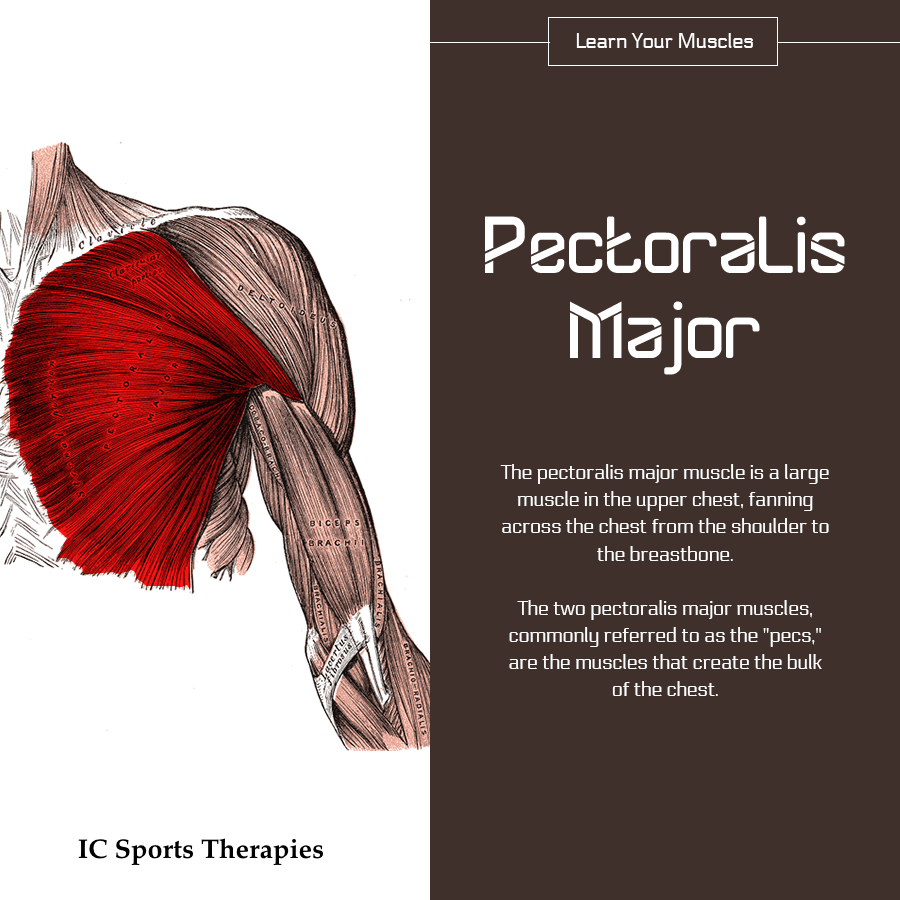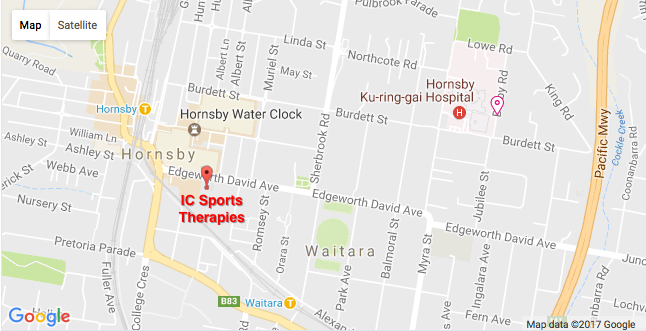
36 Interesting Facts about the Human Heart
- The average adult heart beats 72 times a minute; 100,000 times a day; 3,600,000 times a year; and 2.5 billion times during a lifetime.[5]
- Though weighing only 11 ounces on average, a healthy heart pumps 2,000 gallons of blood through 60,000 miles of blood vessels each day.[3]
- A kitchen faucet would need to be turned on all the way for at least 45 years to equal the amount of blood pumped by the heart in an average lifetime.[1]
- The volume of blood pumped by the heart can vary over a wide range, from five to 30 litres per minute.[6]
- Every day, the heart creates enough energy to drive a truck 20 miles. In a lifetime, that is equivalent to driving to the moon and back.[1]
- Because the heart has its own electrical impulse, it can continue to beat even when separated from the body, as long as it has an adequate supply of oxygen.[3]
- French physician Rene Laennec (1781-1826) invented the stethoscope when he felt it was inappropriate to place his ear on his large-bosomed female patients’ chests.[5]
- The foetal heart rate is approximately twice as fast as an adult’s, at about 150 beats per minute. By the time a foetus is 12 weeks old, its heart pumps an amazing 60 pints of blood a day.[7]
- The heart pumps blood to almost all of the body’s 75 trillion cells. Only the corneas receive no blood supply.[3]
- During an average lifetime, the heart will pump nearly 1.5 million barrels of blood—enough to fill 200 train tank cars.[1]
- Five percent of blood supplies the heart, 15-20% goes to the brain and central nervous system, and 22% goes to the kidneys.[1]
- The “thump-thump” of a heartbeat is the sound made by the four valves of the heart closing.[1]
- The heart does the most physical work of any muscle during a lifetime. The power output of the heart ranges from 1-5 watts. While the quadriceps can produce 100 watts for a few minutes, an output of one watt for 80 years is equal to 2.5 gigajoules.[1]
- The heart begins beating at four weeks after conception and does not stop until death.[7]
- “Atrium” is Latin for “entrance hall,” and “ventricle” is Latin for “little belly.”[1]
- A newborn baby has about one cup of blood in circulation. An adult human has about four to five quarts which the heart pumps to all the tissues and to and from the lungs in about one minute while beating 75 times.[7]
- The heart pumps oxygenated blood through the aorta (the largest artery) at about 1 mile (1.6 km) per hour. By the time blood reaches the capillaries, it is moving at around 43 inches (109 cm) per hour.[7]
- Early Egyptians believed that the heart and other major organs had wills of their own and would move around inside the body.[4]
- An anonymous contributor to the Hippocratic Collection (or Canon) believed vessel valves kept impurities out of the heart, since the intelligence of man was believed to lie in the left cavity.[5]
- Plato theorised that reasoning originated with the brain, but that passions originated in the “fiery” heart.[5]
- The term “heartfelt” originated from Aristotle’s philosophy that the heart collected sensory input from the peripheral organs through the blood vessels. It was from those perceptions that thought and emotions arose.[5]
- Prolonged lack of sleep can cause irregular jumping heartbeats called premature ventricular contractions (PVCs).[2]
- Cocaine affects the heart’s electrical activity and causes spasm of the arteries, which can lead to a heart attack or stroke, even in healthy people.[1]
- Galen of Pergamum, a prominent surgeon to Roman gladiators, demonstrated that blood, not air, filled arteries, as Hippocrates had concluded. However, he also believed that the heart acted as a low-temperature oven to keep the blood warm and that blood trickled from one side of the heart to the other through tiny holes in the heart.[5]
- Galen agreed with Aristotle that the heart was the body’s source of heat, a type of “lamp” fuelled by blood from the liver and fanned into spirituous flame by air from the lungs. The brain merely served to cool the blood.[5]
- In 1929, German surgeon Werner Forssmann (1904-1979) examined the inside of his own heart by threading a catheter into his arm vein and pushing it 20 inches and into his heart, inventing cardiac catheterisation, a now common procedure.[5]
- On December 3, 1967, Dr. Christiaan Barnard (1922-2001) of South Africa transplanted a human heart into the body of Louis Washansky. Although the recipient lived only 18 days, it is considered the first successful heart transplant.[6]
- A woman’s heart typically beats faster than a man’s. The heart of an average man beats approximately 70 times a minute, whereas the average woman has a heart rate of 78 beats per minute.[2]
- Blood is actually a tissue. When the body is at rest, it takes only six seconds for the blood to go from the heart to the lungs and back, only eight seconds for it to go the brain and back, and only 16 seconds for it to reach the toes and travel all the way back to the heart.[3]
- Physician Erasistratus of Chios (304-250 B.C.) was the first to discover that the heart functioned as a natural pump.[5]
- In his text De Humani Corporis Fabrica Libri Septem, the father of modern anatomy, Andreas Vesalius (1514-1564), argued that the blood seeped from one ventricle to another through mysterious pores.[5]
- Galen argued that the heart constantly produced blood. However, William Harvey’s (1578-1657) discovery of the circulation system in 1616 revealed that there was a finite amount of blood in the body and that it circulated in one direction.[5]
- Some heavy snorers may have a condition called obtrusive sleep apnoea (OSA), which can negatively affect the heart.[2]
- The right atrium holds about 3.5 tablespoons of blood. The right ventricle holds slightly more than a quarter cup of blood. The left atrium holds the same amount of blood as the right, but its walls are three times thicker.[7]
- Grab a tennis ball and squeeze it tightly: that’s how hard the beating heart works to pump blood.[1]
- In 1903, physiologist Willem Einthoven (1860-1927) invented the electrocardiograph, which measures electric current in the heart.[6]
List by Tayja Kuligowski, published November 28, 2016
References
1 Avraham, Regina. The Circulatory System. Philadelphia, PA: Chelsea House Publishers, 2000.
2 Chilnick, Lawrence. Heart Disease: An Essential Guide for the Newly Diagnosed. Philadelphia, PA: Perseus Books Group, 2008.
3 Daniels, Patricia, et. al. Body: The Complete Human. Washington, D.C.: National Geographic Society, 2007.
4 Davis, Goode P., et. al. The Heart: The Living Pump. Washington D.C.: U.S. News Books,1981.
5 Parramon’s Editorial Team. Essential Atlas of Physiology. Hauppauge, NY: Barron’s Educational Series, Inc, 2005.
6 The Heart and Circulatory System. Pleasantville, NY: The Reader’s Digest Association, Inc., 2000.
7 Tsiaras, Alexander. The InVision Guide to a Healthy Heart. New York, NY: HarperCollins Publishers, 2005.






